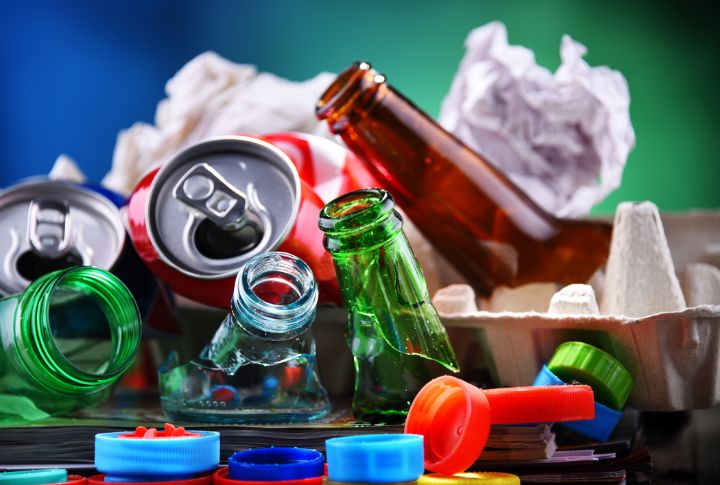
Human achievement often revolves around leaving a legacy, but what if we told you that you’re already leaving behind a trail of long-lasting heirlooms? Unfortunately, it isn’t something to celebrate — it’s your carbon footprint on the planet, filled with discarded material. This list sheds light on how much time some daily use items take to decompose.
Cigarette Butts

Cigarettes are perhaps the most widespread form of litter worldwide. Every year, smokers use approximately 5 trillion cigarettes, with a large portion of them ending up disposed of out of car windows or on the streets. Made of cellulose acetate, they degrade slowly, anytime between 18 months and ten years.
Styrofoam
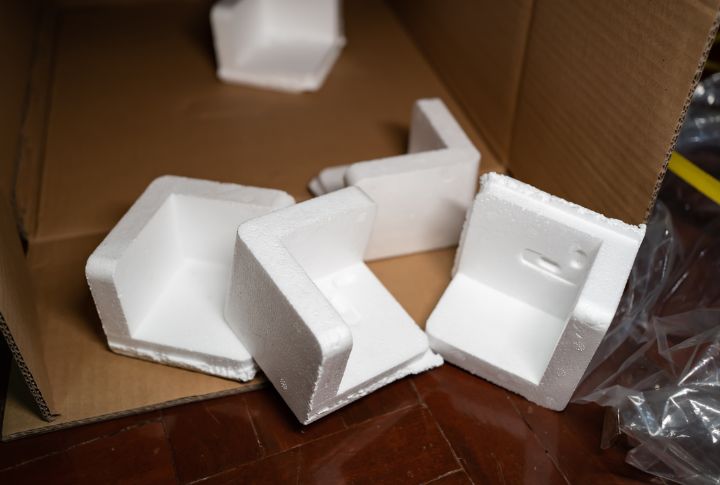
Many cities now ban styrofoam, a popular material for coffee cups and takeout containers. Some studies suggest molding in landfills takes an astonishing 500 years without air or light. Even when exposed to sunlight and wind, it doesn’t degrade; instead, it breaks into small pieces.
Plastic Bags
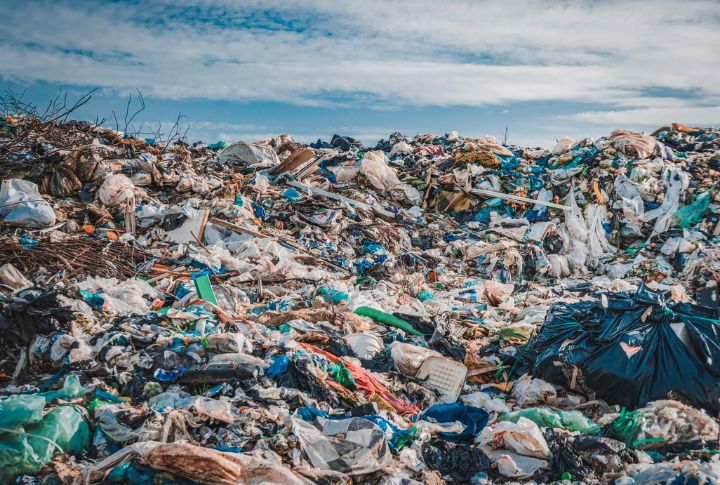
Despite growing consumer awareness of the environmental dangers of these bags, they remain a significant pollutant. Further, the ones used daily can dissolve in about a decade, while the thin ones we often throw can last up to 1,000 years.
Glass Bottles

Despite seeming fragile when shattered, this material is one of the most enduring artificial materials. Ancient glass artifacts from around 2000 B.C. in Egypt still survive today. It takes one million years to break down, emphasizing the importance of reclaiming.
Straws

Often deemed unnecessary for many, straws are a prime focus for environmentalists aiming to cut down on plastic scrap. With millions used by Americans daily, these straws can linger on Earth for up to two centuries after being thrown away, as they rarely make it to the reprocessing bin.
Aluminum Cans

While it’s true that a glass bottle can take centuries to perish in a landfill, opting for a beverage in a can isn’t necessarily a better choice for the environment. Although aluminum is highly recyclable, many cans still end up in the garbage and take around 200 years to fall apart.
Wet Wipes
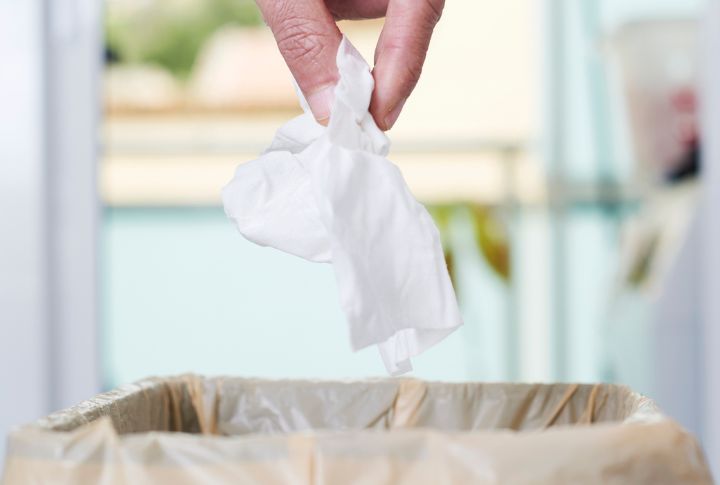
These everyday items are used to remove makeup, change diapers, and efficiently clean homes. However, they pose a problem because they contain polyester-based plastic that hardly crumbles. They can take a century to dissolve after being thrown or flushed down.
Ink Cartridges

The warning labels on ink cartridges hint at the harm they can do to the ecosystem. When they leak, they release harmful chemicals into the soil and groundwater. Plus, they can take anywhere from 450 to 1,000 years to entirely disappear.
Tin
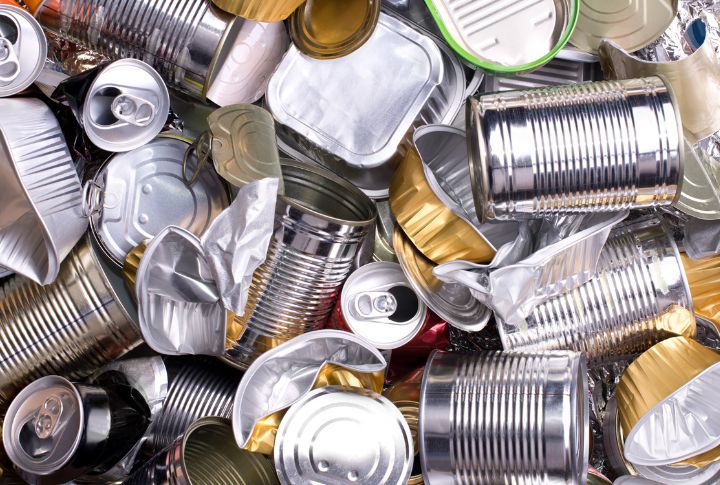
In optimal conditions, tin cans may take 50 to 100 years to perish entirely. Their decaying process is prolonged. Unlike organic materials such as food refuse or paper, metal takes significantly longer to break into fragments due to its resilient and durable nature.
Disposable Diapers
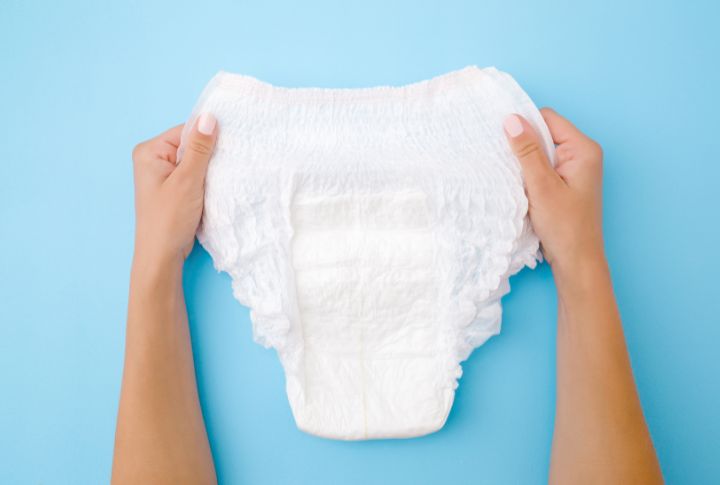
A massive 20 billion of these get scraped yearly in the U.S., including those for babies and the elderly, which amounts to a staggering 3.5 million tons of garbage. Even more alarming is that it takes 500 years for them to perish.
Paper

Many people think paper fragments quickly, but that’s only sometimes true. If you throw it in the litter instead of reprocessing it, it can take up to 5 months to dissolve in a landfill. Plus, hazardous components in inks used for glossy magazines and other publications can further delay decomposition.
Batteries

Whether it’s AAA or 9V batteries, every time you toss one in the trash, remember that they take around 100 years to fall apart. That’s why the experts strongly recommend battery reclaiming and rechargeable power units.
Leather
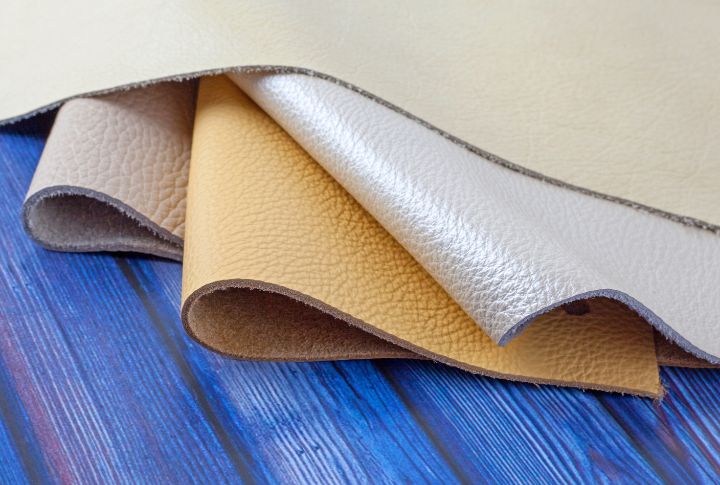
Who doesn’t adore leather goods? After all, they exude a certain charm. However, we often need to be more cautious about tossing out-of-fashion shoes and belts instead of donating them to places like Goodwill or textile recycling centers. Although it may seem eco-friendly, the tanning process boosts leather’s durability, extending its putrefying time to about 50 years.
Orange Peel

Fruits, especially those with high acidity, like oranges, can take longer to decay than vegetables. Oranges, being self-contained and convenient for on-the-go consumption, generate more waste than many other fruits and disintegrate at a slower rate.
Cotton T-shirt

T-shirts are among the most common items contributing to fashion waste pollution. This pollution occurs when people discard old clothes instead of donating, swapping, or reprocessing them. A typical cotton T-shirt can disintegrate in six months.
